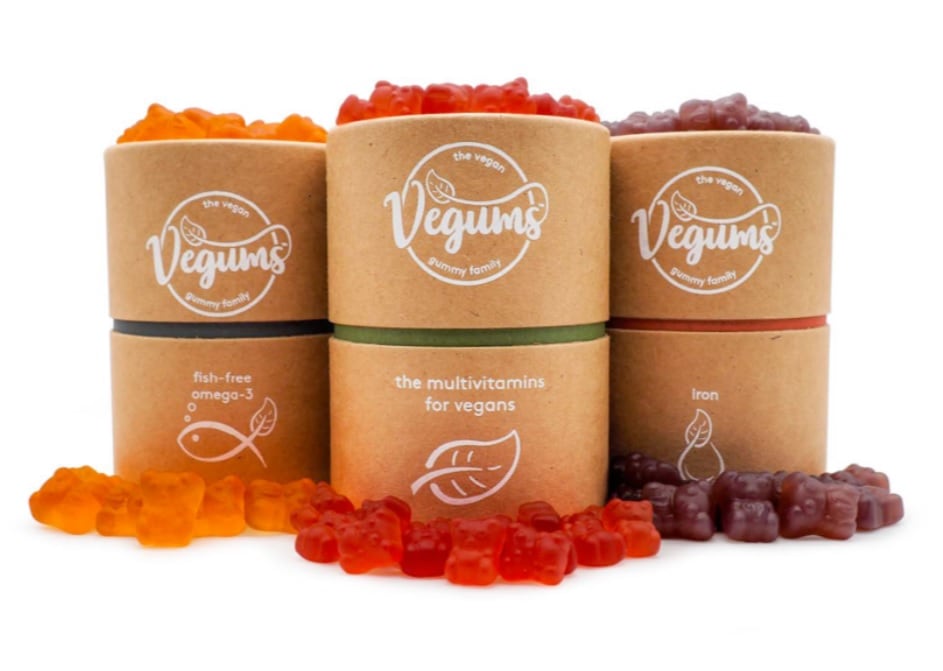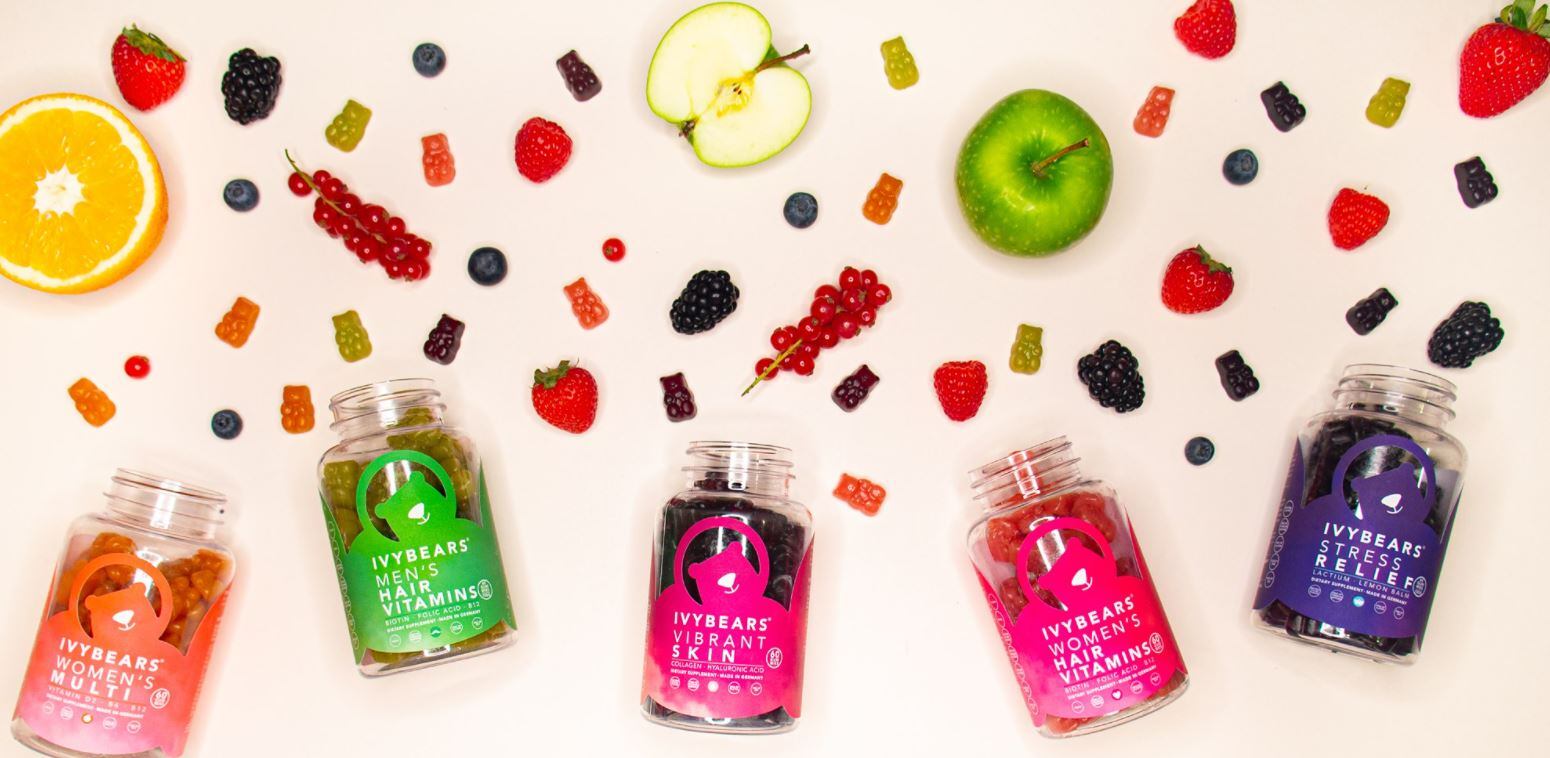However, the format is not without its issues as consumers look for more efficient ways to receive more accurate and bioavailable doses. The process still remains a complex process for manufacturers.
This may explain to date why there are no pharmaceutical gummies on the market, although there is increasing interest from pharmaceuticals in this dosage form and its drug solubility, stability, and taste advantages.
This is where the nutrition industry has taken a lead in driving gummy adoption. According to market research, gummies made up 7.4% of all new supplement launches between October 2020 and October 2021.
And this is just the beginning with the global nutraceutical gummy market forecast to achieve a healthy growth rate of 15% CAGR over the 2021-2031 period.
According to Tim de Lange, Technical Support Manager at gelatine specialists Rousselot, meeting this demand could well see branded companies increasingly seek out the services of gummy development partners.
“This is certainly possible. Consumers want supplements that work and are enjoyable – this is especially true for children.
“Different formats involve vastly different production methods,” he explains. “Finding the right formulation techniques for gummy solutions is still uncharted territory for many producers.
“Additionally, the processes required to create nutraceutical gummies are far more complex that their non-functional counterparts, leaving even experienced confectionery manufacturers in the dark.”
Heat and stability
The complexity lies in using production methods that while strengthens the gummy structure also affects the active ingredient and its efficacy.
Heat for example, can add to the difficulty in maintaining a stable and high active ingredient content in gummy applications.
Firms such as Rousselot now make gummy solutions produced using a heat-free production method, ensuring that thermosensitive ingredients such as Vitamin C are not degraded during the curing process.
Another challenge is cross contamination with gummy ingredients such as gelatine and the active ingredient.
However, one gummy manufacturer states they have solved this issue by using a dual layer approach, minimising ingredient interaction by combining liquid and solid forms within one product.
“We have created centre-filled and double layered gummies that allow us to separate ingredients that don’t really work together,” explains Dr Dominique Baum, Managing Director at Sirio Europe, a specialist contract development and manufacturing company that manufactures gummies from both gelatin and pectin sources.
“This not only removes any unwanted cross mixing of ingredients, but also creates new and interesting sensations with different textures, mouthfeel and flavour options while ensuring a good dosage and active ingredient bioavailability.”
ChewyVita and SiMoGel
Sirio’s ChewyVita line is developed to allow a centre-filled gummy that can comfortably incorporate ingredients such as theanine, γ-aminobutyric acid, valerian root and lemon balm, all said to aid mental wellbeing and sleep.
This approach protects the functional core ingredients from oxidation and moisture that allow for different tastes and textures of the shell and core.
The China-based firm which has operations in Germany, also make available a double layer gummy that delivers two gummies formulated into one product.
Likewise, Rousselot’s SiMoGel solution results in functional gummies with a liquid centre, stabilised by a set gelatine outer shell, reducing he risk of interaction with the gelatine excipient and allowing for a more accurate dosage.
“The traditional gummy production process involves re-using starch moulds batch after batch,” explains de Lange.
“This method is unsuitable for manufacturing nutraceutical or pharmaceutical gummies, due to the high risk of cross-contamination.
“With the development of the SiMoGel solution, Rousselot became a pioneer in starch-free production technology, enabling the gummy mixture to be deposited into hygienic silicone or metal trays, or directly into blister packs for optimal safety.”
Plant-based direction
In keeping with the times, gummy developers have had to respond to the demand for plant-based gummy options such as pectin- and carrageenan-based formulations.
This of course, poses its own set of challenges in delivering nutrients over traditional bovine (and other animal)-based gelatine gummies.
While de Lange thinks plant-based ingredients are often perceived as more sustainable, this is not always the case.
“Products like gelatine present an opportunity to support the circular economy – transforming nutritional and highly functional by-products from the meat industry into value-added ingredients,” he points out.
“Gelatine is also a 100% natural solution, with no E-number, which allows producers to keep product labels clean and recognisable.
“Beyond these sustainable credentials, gelatine also offers distinct advantages over plant-based alternatives in terms of texture and thermo-reversibility, making it a more attractive, versatile choice.”
From a technical viewpoint Sirio’s Dr Baum also highlights a secondary area of complexity. While vitamin gummies are harder to make than tablets, it is even harder to make a vegetarian gummy, especially one with no or low amounts of sugar.
“If the gummy is to be made using a plant-based source like pectin, then getting the temperature and acid-base ratio of the solution will be a key challenge.
“Finding this delicate balance – while ensuring that the health ingredients to be added are not harmed – requires a long experience from the manufacturing partner.
‘Wellbeing’ gummies
Dr Baum adds that when replacing the sugar in a sugar-free gummy, maintaining moisture properties and ensuring good gelation of pectin then becomes an issue.
“The key is to use a sweetener which is practically calorie free and has no effect on blood sugar and insulin levels but also suitable to maintain good gelling quality.”
The technology needed to produce functional centre-filled gummies is already available and several equipment providers are already producing these centre-filled gummy machines.
“It just takes an expert supplier to harness these production techniques and create truly successful supplements,” says de Lange.
“We are seeing greater numbers of requests for gummies, especially ‘wellbeing’ gummies. They are becoming more popular and eventually, branded customers realise that these are very complex formulations and seek out specialist partners,” adds Dr Baum.
“Being able to formulate a great tasting product combined with stability and enough shelf life really does require an expert manufacturing partner.”




